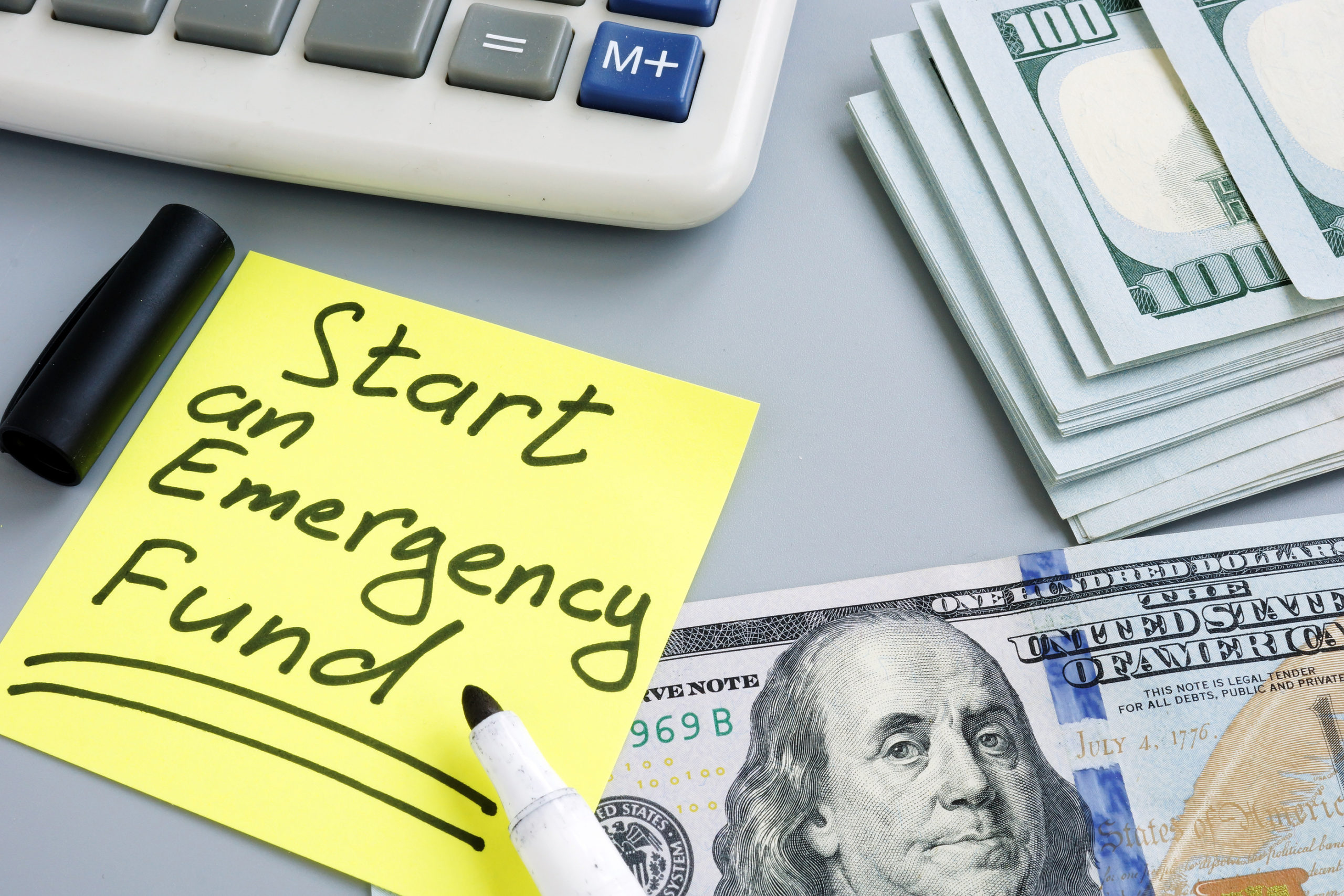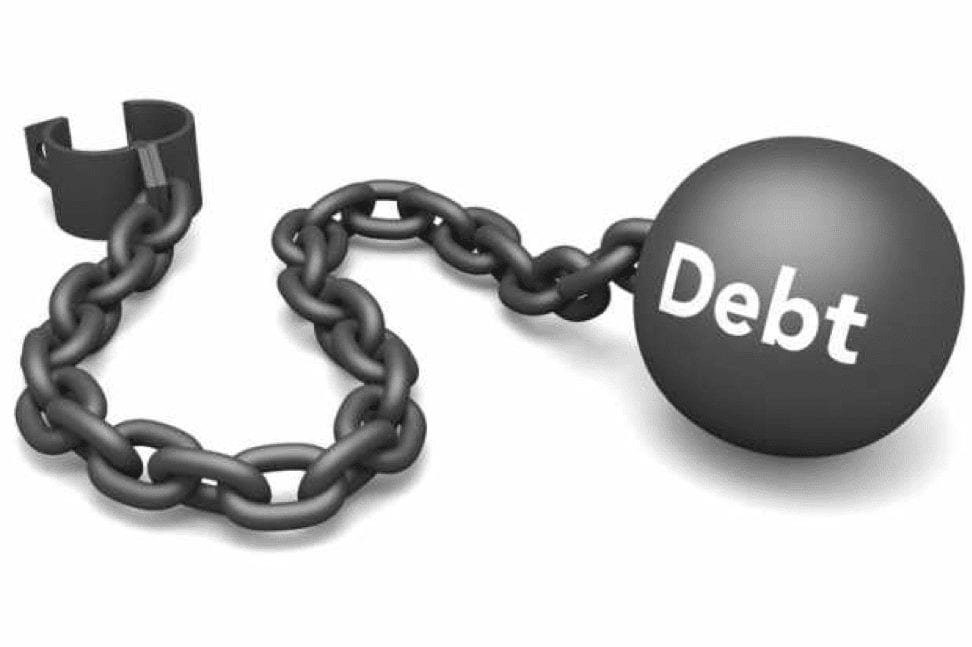The bankruptcy process can be challenging, especially if you’re self-employed. Proof of income is one of the major factors in a bankruptcy case. When you’re not getting a paycheck from an employer, this presents unique issues; self-employed individuals, sole proprietors, and independent contractors don’t always have paystubs that immediately verify their income.
Self-employed workers, just like any other person, can file for Chapter 7 or Chapter 13 bankruptcy. With Chapter 7, you have an option that can discharge all your debts, including that from credit cards. Chapter 13 may discharge some debt, but you’ll still be required to pay the rest within three to five years. Either way, the courts will need to know what you are earning, especially when it’s necessary to determine what you can afford to pay.
How to Verify Your Self-Employment Income
If you’re not an employee of a company, you don’t receive a W-2 wage statement at the end of the year. However, the entity or person you work for should send a 1099 form that states what you earned from them. Even a spreadsheet that shows your income or PayPal payments is acceptable. You can also use bank statements that list your deposits.
Business owners who are self-employed must document their income and expenses, which you can keep a record of with cash and check deposits, receipts, copies of checks, invoices, contracts, or even emails that show what you were paid. There are many documents you can use, although it’s best to keep income, expense, and sales records on your computer.
The best documents to use include:
- Profit & Loss Statements: Businesses and individuals can keep income and expense records using dedicated software, which makes it easy to print out a profit and loss statement. Bankruptcy courts and trustees are very serious about accurate records that are clear and up to date.
- Bank Statements: If you’re mainly paid in cash, bank statements provide the documentation you need to show your income. You’ll need bank statements to fill out profit and loss forms to submit to bankruptcy trustees.
- Copies of Checks: Your bank can provide copies if you don’t have them. It may take time, so contact your bank as soon as possible in a bankruptcy case. The court or trustee may or may not ask for copies to back up your information.
- Invoices: Rather than using check stubs, you can provide copies of invoices from your clients. These provide direct proof of income. When presenting invoices, only include the money you’ve received so far.
- Tax Returns: Can be used in your bankruptcy filing if the previous six months of your income is recorded. Then you can verify your income using a Schedule C form. For Chapter 7, two years of federal tax returns are required; you’ll need four years of tax returns when filing for Chapter 13.
Reporting Your Income
To report your income in your bankruptcy petition, enter all monthly profits on Schedule I: Your Income. On your financial affairs statement, you’ll need to list both year-to-date earnings and what you made in total during the previous two years. Your Statement of Financial Affairs for Individuals Filing for Bankruptcy helps determine whether any fraud is involved, which may be suspected if your income is low, yet your lifestyle is considerably lavish. For the means test, you’ll need to provide what you earned during the six months prior to your bankruptcy filing.
OakTree Law Can Provide Bankruptcy Help
Our Los Angeles bankruptcy attorney can help you gather the appropriate information on your self-employment income and determine the best solution for you. We are familiar with the entire legal process. Therefore, our team can make filing for bankruptcy a positive solution. Request a free evaluation or call us at 888-348-2609 today!








